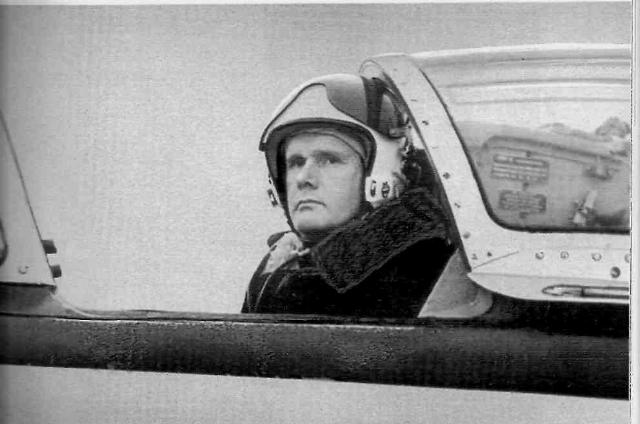The profession of a test pilot has always aroused well-deserved respect and admiration. Hero of the Soviet Union, Honored Test Pilot of the USSR, Alexander Shcherbakov belonged to a generation of sky enthusiasts, thanks to whose efforts our Motherland has become and is one of the leading aviation powers.
He was in a fairly small cohort of test pilots who conducted the most difficult and demanding tests in critical flight modes associated with loss of stability, including stall, spin, and aeroinertial rotation modes. Shcherbakov tested 22 types of aircraft for corkscrew. This figure could well enter the Guinness Book of Records. He would have turned 100 on September 15 this year.
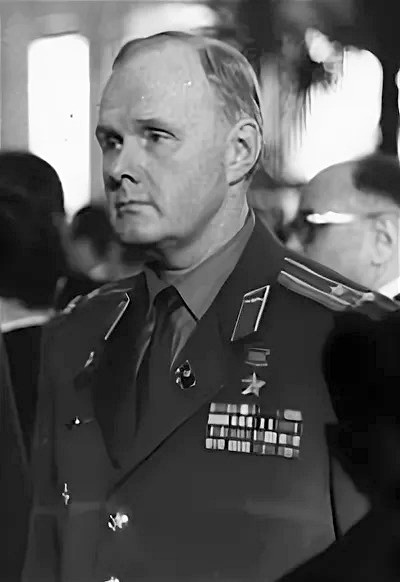 |
| The king of the corkscrew Alexander Shcherbakov. |
| Source: Valery Ageev |
What was it like
Alexander Shcherbakov was born on September 15, 1925 in Nizhny Novgorod. Parents are Komsomol members of the 1920s, participants in the civil war. His father, Alexander Sergeevich Shcherbakov, was a Soviet state party official, colonel-General. Vera Shcherbakova's mother, after graduating from Sverdlovsk University, received a second degree in communications engineering and worked as a technologist.
That's what Shcherbakov himself recalled about his childhood:
- The year is 1930. My family lives in the fourth house of Soviets on Sheremetyevsky Lane (now house number 3 on Granovsky Street). This house, as it is now customary to say, belongs to the party and Soviet nomenclature. His father is the deputy head of the department of the Central Committee of the CPSU(b). We live in a seven-room apartment, but our family of four occupies two rooms. Nine more people live in the other five. Classic communal apartment. As you can see, the nomenclature of that time had few privileges.
Among the nine neighbors are three elderly women who bore the titles of old Bolsheviks. One of them, with the distinctive surname Katsnelson, took me to the old Bolshevik club. The club showed films and staged amateur performances on the themes of the Civil War.
In one of the performances, there was a character, either a white officer or a red commander, who was wearing crimson trousers with silver stripes. Such trousers, designed to be worn with boots, were called breeches. For some reason, I feel like
I really liked them. I really wanted to have them, but the whole costume was too expensive. And for more than one year I dreamed of crimson breeches.
In the sky of war
When the war began, Alexander Shcherbakov studied at the Institute of Foreign Languages in Stavropol on the Volga and did not dream of aviation. His father summoned him to Moscow and told him that he had to be at the front at such a time and offered him a choice of several short-term (six-month) schools. But his friends Alexey Mikoyan, Lev Bulganin, Boris Bochkov (the son of the country's Prosecutor General) were at the Vyaznikovskaya aviation school, they had already flown on the I-16, and Alexander insisted on joining them. He was assigned a personal instructor there, who taught the young man the basics of flight skills in 6 months: take-off and landing, flight into the zone.
 |
| Source: Valery Ageev |
As Shcherbakov himself recalled, the training aircraft there was an outdated I-16 fighter, on which it was difficult to keep the direction of movement during takeoff and landing. Before the independent flight, the cadet was given a special training. The wing skin was removed from the aircraft that flew off the technical resource, and the cadet accelerated to takeoff speed, and then, throttling the engine, simulated a landing run.…
As it turned out, German pilots, who usually started their flight practice at the age of 16 with gliders, were much better prepared thanks to their multi-stage system. Probably, the quantitative growth of untrained pilots increased the number of losses in the first year of the war. Graduates of aviation schools of this period had to finish their flight training and fight in real battles.
Therefore, it is not surprising that Timur Frunze was shot down in 1941 and Vladimir Mikoyan in '42. In the same year, pilot Stepan Mikoyan was seriously injured and burned. By 1943, training in flight schools had improved. After school, young pilots still mastered combat use in reserve regiments. A higher school of Aerial Combat was founded in Lyubertsy near Moscow, from which combat pairs flew together.
In 1944-1945 . Shcherbakov took part in combat operations on the fronts of the Great Patriotic War, was awarded the Orders of the Patriotic War of the first and second degrees, and many medals. He flew 25 combat missions, and he has an enemy plane shot down as part of a group.
The joy of the victory salutes had not yet subsided, as the regiment received the hard news.: On May 10, 1945, his father, Colonel-General A.S. Shcherbakov, died of a heart attack. My son was sent to Moscow on a transport plane. Alexander's memory is forever etched into the Pillared Hall in mourning decorations, thousands of grieving Muscovites, his mother's face, immediately aged with grief, J.V. Stalin's words of condolence, the urn with his father's ashes in a niche of the Kremlin wall.
The difficult path to becoming a tester
After graduating from the Academy in 1951. Zhukovsky's young engineer Shcherbakov worked for a short time as a test pilot at the State Research Institute of the Air Force, and after graduating from the Test Pilot School in 1953 and up to 1986 at the Flight Research Institute (LII). Shcherbakov and his colleagues had to start testing work on a new generation of equipment.
Having worked as a test pilot for 34 years, he specialized in critical, extreme and little-explored flight modes: corkscrew tests, controllability at speed limits, altitude and angle of attack, strength tests, flight studies of the causes of accidents, etc.
Corkscrew tests were considered and are considered today to be one of the most risky. They are usually conducted by test pilots who specialize in these flights. The more tests a pilot conducted, the more hope there was for their successful completion, and failures were more common with debutants.
An airplane spin is similar to human stress, Shcherbakov believed. In a tailspin, the reactions are the same as those of a human, inadequate and delayed; contrary to the actions and desires of the pilot, the plane is irresistibly heading towards the ground. But there is a difference between a human and an airplane.
The boundary of stress in humans is very mobile. Sometimes he is capable of superhuman loads, and sometimes he goes limp for nothing. The plane is simpler in this sense. The boundaries of its corkscrew stress are quite stable. Not all planes get into such a tailspin. There are planes with good corkscrew characteristics. They don't have severe stress, but rather a slight lady's tantrum, which soon turns into a flirtatious smile. But what kind of corkscrew it will be, it will become clear only in flight tests.
A characteristic feature of any flight test is danger. When Shcherbakov looked at photos of graduates of the test pilot school for 30 years, he knew that every fourth of these beautiful young people had passed away without leaving their workplace — the cockpit of an airplane.
And Shcherbakov had all sorts of things happen in test flights. I even had to eject once. That's what Honored test pilot, Hero of the Soviet Union V. I. Loychikov recalled about it.:
- Once, when I was flying with Alexander Shcherbakov on a Su-24 fighter-bomber, a strong impact was heard at a low altitude on the left. The car lost control and began to fall on the wing. One of the engines stopped and a fire broke out. Shcherbakov, who was the commander, miraculously kept the plane in a horizontal position.
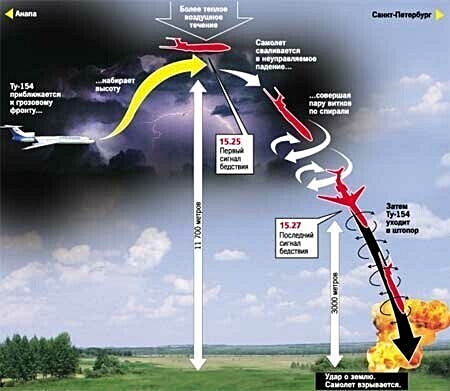 |
| Source: Valery Ageev |
— There is an emergency on board. Ejection is possible," he reported to the ground.
The stopped engine did not start, the car fell on its side, acrid black smoke began to enter the cabin. Shcherbakov ordered me to:
"Eject!"
At that moment, the plane was de-energized. I pulled on the handles of the ejection unit, pulled again: no effect! Shcherbakov, unable to say anything to me - there was no connection, pushed with his hand in the side, fortunately we were sitting next to each other: what are you waiting for?
I raised my hands up, indicating with a gesture that the ejection system had not worked. I admit, at that moment I even had a bitter thought: "Well, I think I flew away!". But Shcherbakov calmly dropped the flashlight manually and ejected. A second later, having repeated the commander's manipulations, I left the jet car. The dynamic impact of the parachute opening almost coincided with a strong explosion on the ground: the plane exploded.
Why am I talking about this case now? The commander ejected first. The uninitiated may be prejudiced against this fact. But let me remind you that Shcherbakov did not have time to explain, if he had hesitated for a few moments, we would both have died. By his actions, he instilled confidence in me and saved both himself and me.
Alexander Alexandrovich revealed the origins of professional longevity in his published book "Pilots. Airplanes. The trials." That's what he said:
- My whole lifestyle was subordinated to flight work. I always woke up and got up no later than six o'clock... He exercised moderately but regularly. In my opinion, a state of serene calm and a heightened analytical perception of events is the best way to overcome acute emergency situations.
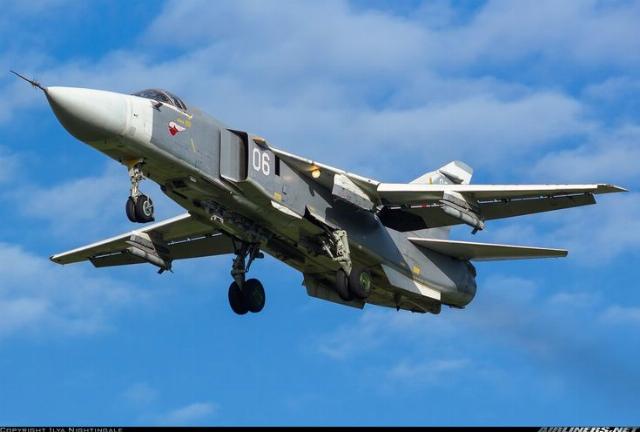 |
| Source: Valery Ageev |
We only dream of peace.
Alexander Shcherbakov became an "Honored Test Pilot of the USSR", a Hero of the Soviet Union. In 1983 He defended his thesis for the degree of Candidate of Technical Sciences on the topic "Corkscrew flight tests".
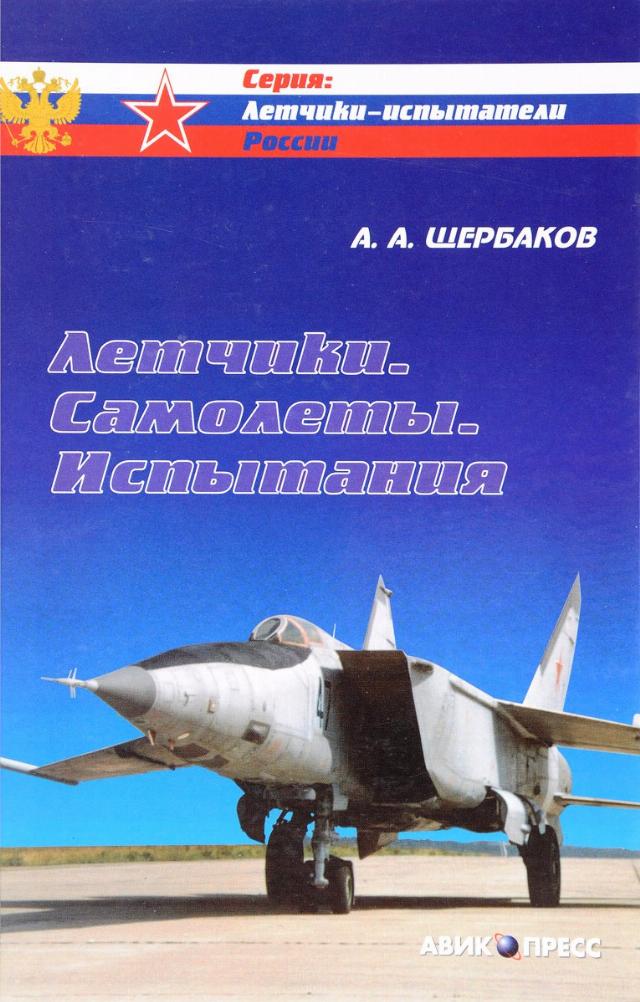 |
| Source: Valery Ageev |
Throughout his life, up to the age of 70, he was engaged in various sports at the levels of the initial sports categories. After 70 years, he left only morning and evening exercises. All his life he collected books, mostly historical, memoir and humorous. I read detective stories, especially Russian and French ones. He considered F.M. Dostoevsky's novels "Crime and Punishment" and "The Brothers Karamazov" to be the best.
Since 1986, he has retired, lived in Moscow, and worked as a senior engineer at the Mikoyan Design Bureau. He died on November 29, 2013. He was buried at the Novodevichy cemetery.
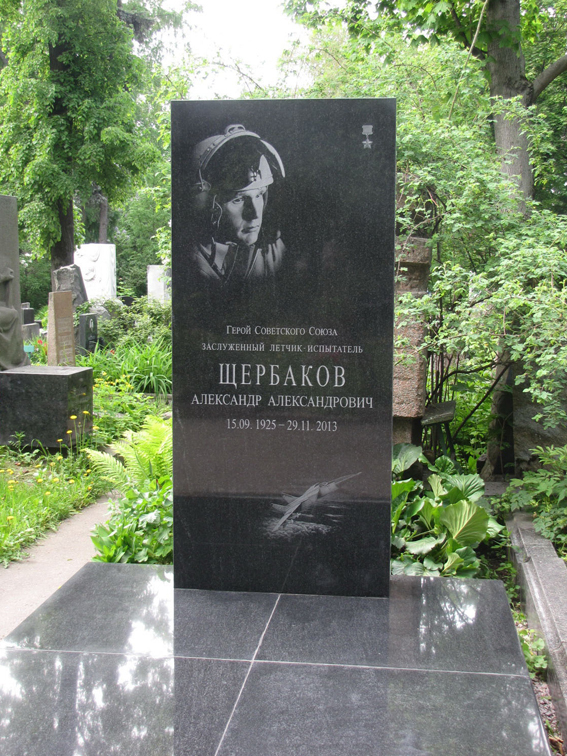 |
| Source: Valery Ageev |
Valery Ageev
.
